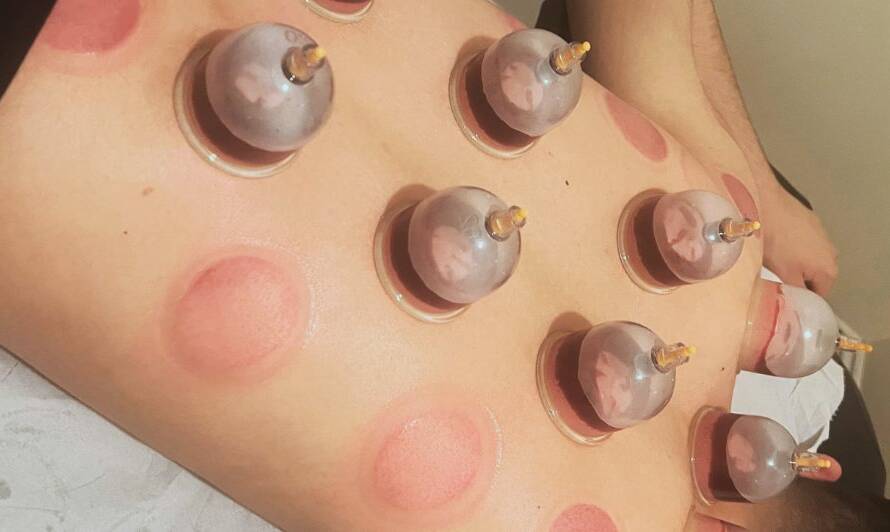Hijama or Wet Cupping, the ancient practice of cupping therapy, has gained renewed interest in recent times. While its effectiveness for various ailments is a topic of ongoing research, some discussions touch upon its potential role in combating magic (sihr) or spiritual afflictions in Islam. This blog post aims to explore this topic by examining Islamic perspectives, the role of Hijama in prophetic tradition, and the significance of seeking refuge in Allah (SWT).
What is Sihr (Black Magic) in Islam?
Sihr refers to the use of spells, incantations, or jinn (supernatural beings) to inflict harm on others. The Quran acknowledges the existence of sihr and offers guidance for those affected. However, it’s essential to differentiate between genuine sihr and psychological or physical ailments.
The Historical Accounts and Hijama for Sihr
There are historical accounts, including a narration attributed to Sahih al-Bukhari, that mention the Prophet Muhammad (PBUH) undergoing Hijama on his head during a period when symptoms attributed to sihr were experienced.
The Importance of Critical Evaluation
It’s important to note that the authenticity of this specific hadith is debated among scholars. While some consider it valid, others raise questions about its chain of transmission. Therefore, relying solely on this single narration to establish a definitive link between Hijama and sihr treatment might not be the most robust approach.
Ibn Qayyim’s Viewpoint: A Holistic Approach
The renowned Salafi scholar Ibn Qayyim, while acknowledging historical accounts, emphasises a more nuanced understanding. He suggests that Hijama, by itself, might not be a cure, but it could be a supportive element alongside the primary treatment – reciting the Quran and supplicating (du’aa’). This perspective highlights the holistic nature of Islamic healing, where physical and spiritual well-being are interconnected.
Other Scholar’s View: Sheikh Muhammad Nasir ad-Din al-Albani
Another prominent scholar, Sheikh Muhammad Nasir ad-Din al-Albani, held a similar view. He argued that while the historical account mentioning Hijama exists, it should not be understood as a sole treatment for sihr. The primary emphasis should remain on seeking refuge in Allah (SWT) through Quran recitation and supplication.
Modern Perspectives on Hijama and Sihr
While some continue to believe in the historical connection between Hijama and sihr, many contemporary scholars advise prioritising established methods of combating sihr. This includes seeking refuge in Allah (SWT) through recitation of the Quran, supplication, and righteous deeds.
Seeking Refuge in Allah (SWT): The Ultimate Protection
The Quran and authentic hadiths emphasise the importance of seeking refuge in Allah (SWT) from all forms of harm, including sihr. The Quran provides verses for recitation (ruqyah) that offer protection and healing. Du’aa (supplication) directly to Allah (SWT) is another powerful tool for seeking relief from any hardship.
The Limitations of Hijama: Importance of Medical Attention
It’s important to understand that Hijama is not a substitute for medical treatment. If you are experiencing health concerns, it’s crucial to consult a qualified healthcare professional for proper diagnosis and management. Similarly, for suspected cases of sihr, seeking guidance from a well-versed Islamic scholar who can offer appropriate advice is essential.
Conclusion: A Balanced Approach
The topic of Hijama and sihr is complex. While historical accounts offer a reference point, it’s vital to consider the broader Islamic perspective on seeking refuge in Allah (SWT) through Ruqyah; Quran recitation, supplication, and righteous deeds. Consulting qualified medical professionals and Islamic scholars provides a balanced approach to addressing health concerns and suspected cases of sihr.




